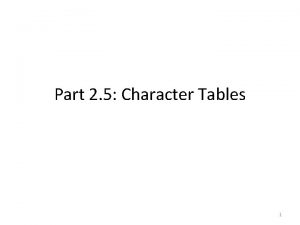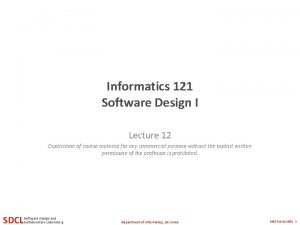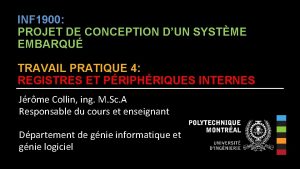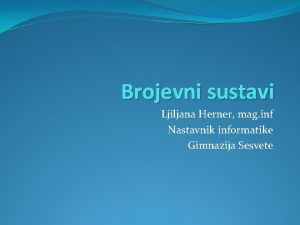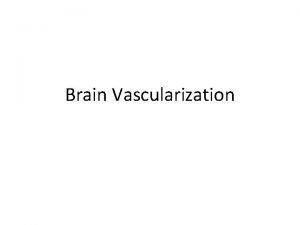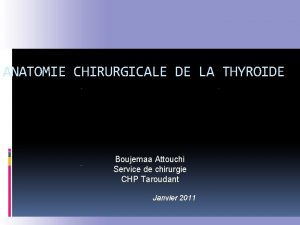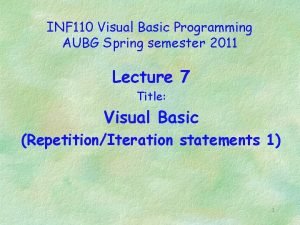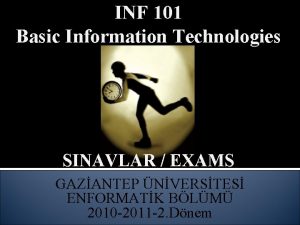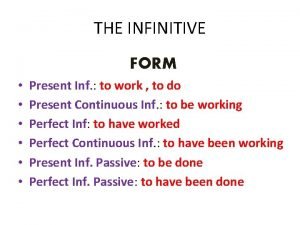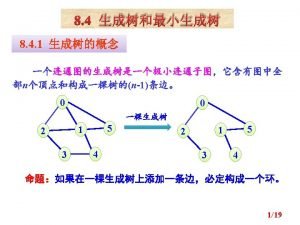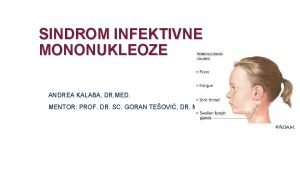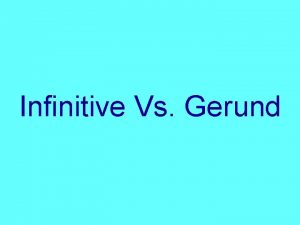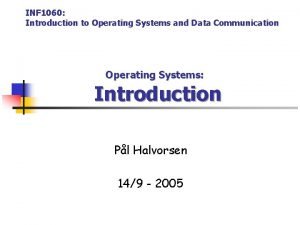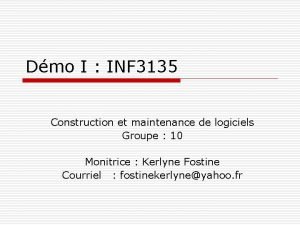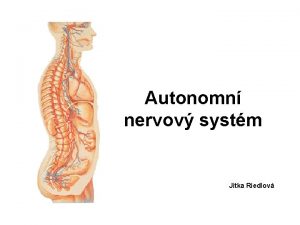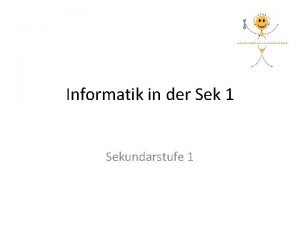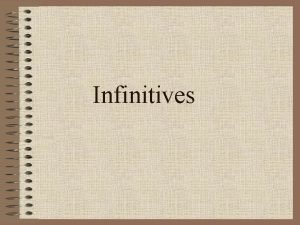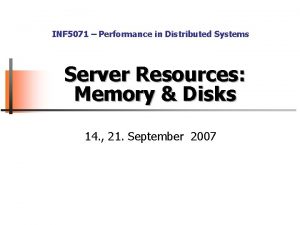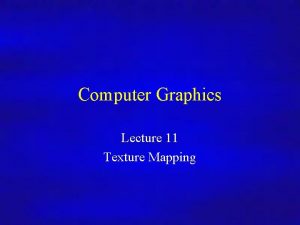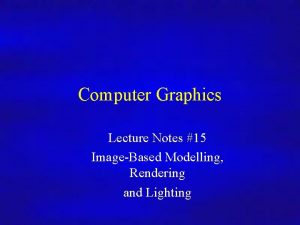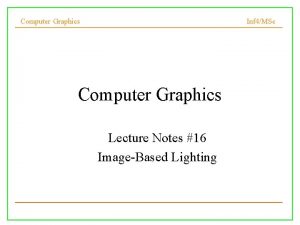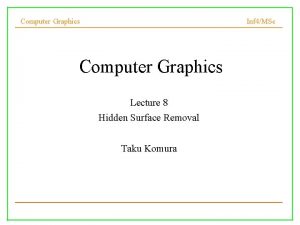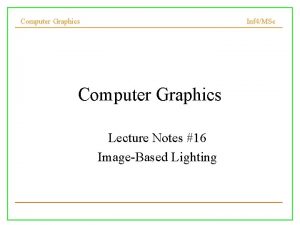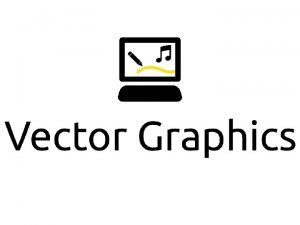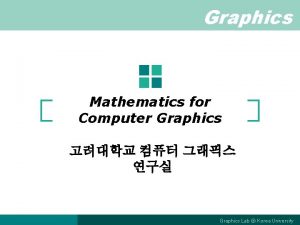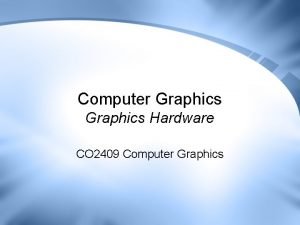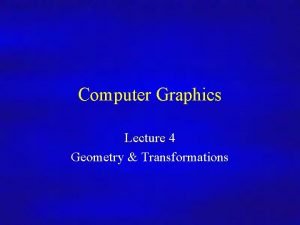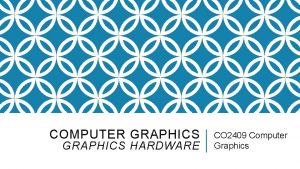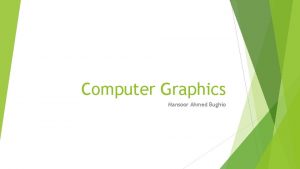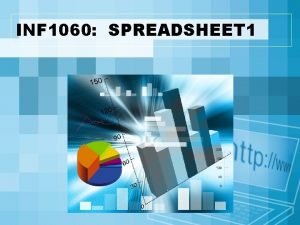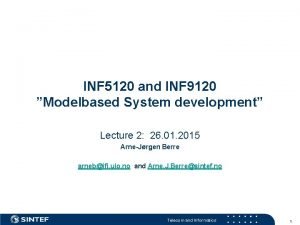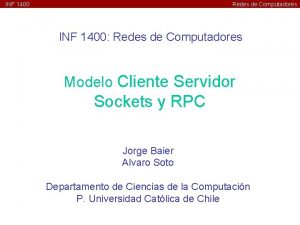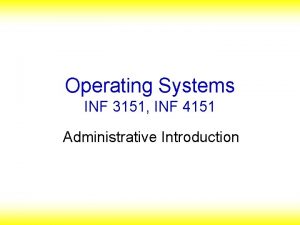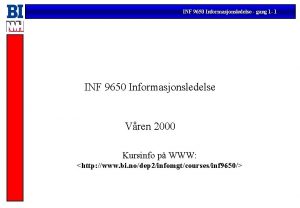Computer Graphics Inf 4MSc Computer Graphics Lecture 4




![Computer Graphics Microfacet Theory Inf 4/MSc • [Torrance & Sparrow 1967] – Surface modeled Computer Graphics Microfacet Theory Inf 4/MSc • [Torrance & Sparrow 1967] – Surface modeled](https://slidetodoc.com/presentation_image/1133634814951230c517b0d16f7d0aad/image-5.jpg)

























- Slides: 30

Computer Graphics Inf 4/MSc Computer Graphics Lecture 4 View Projection Taku Komura 1

Computer Graphics Measuring the BRDF Inf 4/MSc • Measured using a device called gonioreflectometer – Casting light from various directions to the object, and capturing the light reflected back

Computer Graphics Inf 4/MSc Problems with Measured BRDF • Includes a lot of error • Huge amount of time to capture • The data size is enormous – 18 hours acquisition time, 30 GB raw data according to [Ngan et al. EGSR ’ 05] -> Fitting the acquired data into analytical models

Computer Graphics • Empirical models – • Analytical models Gouraud, Phong models or more complex models Microfacet models – Assuming the surface is composed of a large number of micro mirrors – Each reflect light back to the specular direction Inf 4/MSc
![Computer Graphics Microfacet Theory Inf 4MSc Torrance Sparrow 1967 Surface modeled Computer Graphics Microfacet Theory Inf 4/MSc • [Torrance & Sparrow 1967] – Surface modeled](https://slidetodoc.com/presentation_image/1133634814951230c517b0d16f7d0aad/image-5.jpg)
Computer Graphics Microfacet Theory Inf 4/MSc • [Torrance & Sparrow 1967] – Surface modeled by tiny mirrors – Value of BRDF at • # of mirrors oriented halfway between and where is the incoming direction, is the out going direction Also considering the statistics of the shadowing/masking • Modulated by Fresnel, shadowing/masking [Shirley 97]

Computer Graphics Examples : Satin Inf 4/MSc

Computer Graphics Examples : velvet Inf 4/MSc

Computer Graphics Inf 4/MSc Implementation of viewing. • Transform into camera coordinates. • Perform projection into view volume or screen coordinates. • Clip geometry outside the view volume. • Remove hidden surfaces (next week) 8

Computer Graphics Inf 4/MSc Transformations Screen coordinates Projection matrix World to camera matrix Local to world matrix Local coordin ates 10/27/2020

View Transformation (from lecture 2) Inf 4/MSc Computer Graphics We want to know the positions in the camera coordinate system vw = Mc→w vc Point in the camera coordinate Camera-to-world Point in the world coordinate transformation vc = M -1 c→w vw = Mw→c vw Lecture 4 02/10/09 10

Computer Graphics View Projection Inf 4/MSc We want to create a picture of the scene viewed from the camera Two sorts of projection Parallel projection Perspective projection 11

Computer Graphics Inf 4/MSc Mathematics of Viewing • We need to generate the transformation matrices for perspective and parallel projections. • They should be 4 x 4 matrices to allow general concatenation. • And there’s still 3 D clipping and more viewing stuff to look at. 12

Computer Graphics Parallel projections (Orthographic projection) Inf 4/MSc • Specified by a direction of projection, rather than a point. • Objects of same size appear at the same size after the projection 13

Computer Graphics Inf 4/MSc Parallel projection. Orthographic Projection onto a plane at z = 0. xp = x , yp = y , z = 0. 14

Computer Graphics Inf 4/MSc Perspective Projection • Specified by a center of projection and the focal distance (distance from the eye to the projection plane) Objects far away appear smaller, closer objects appear bigger 15

Computer Graphics Inf 4/MSc Projection Matrix • Here we will follow the projection transform method used in Open. GL • The camera facing the –z direction

Computer Graphics Inf 4/MSc Perspective projection – simplest case. Centre of projection at the origin, Projection plane at z=-d. d: focal distance Projection Plane. y P(x, y, z) x Pp(xp, yp, -d) z d 17

Computer Graphics Inf 4/MSc Perspective projection – simplest case. x xp P(x, y, z) z d P(x, y, z) Pp(xp, yp, -d) z yp d x d z y P(x, y, z) y 18

Computer Graphics Inf 4/MSc Perspective projection. 19

Computer Graphics Inf 4/MSc Perspective projection. 20

Computer Graphics Inf 4/MSc Perspective projection. Trouble with this formulation : Centre of projection fixed at the origin. 21

Computer Graphics Inf 4/MSc Alternative formulation. d x z d P(x, y, z) z xp yp P(x, y, z) y Projection plane at z = 0 Centre of projection at z=d 22

Computer Graphics Inf 4/MSc Alternative formulation. d x z d P(x, y, z) z xp yp P(x, y, z) y Projection plane at z = 0, Centre of projection at z =d Now we can allow d 23

Computer Graphics Inf 4/MSc Problem • After projection, the depth information is lost • We need to preserve the depth information for hidden surface remove during rasterization 24

Computer Graphics Inf 4/MSc 3 D View Volume • The volume in which the visible objects exist • For orthographic projection, view volume is a box. • For perspective projection, view volume is a frustum. • The surfaces outside the view volume must be clipped left Far clipping plane. Near clipping plane right Need to calculate intersection With 6 planes. 25

Computer Graphics Inf 4/MSc Canonical View Volume • We can transform the frustum view volume into a normalized canonical view volume using the idea of perspective transformation • Much easier to clip surfaces and apply hidden surface removal 26

Computer Graphics Inf 4/MSc Transforming the View Frustum • Let us define parameters (l, r, b, t, n, f) that determines the shape of the frustum • The view frustum starts at z=-n and ends at z=-f, with 0<n<f • The rectangle at z=-n has the minimum corner at (l, b, -n) and the maximum corner at (r, t, -n) 27

Computer Graphics Inf 4/MSc Transforming View Frustum into a Canonical view-volume • The perspective canonical view-volume can be transformed to the parallel canonical view-volume with the following matrix: 28

Computer Graphics Inf 4/MSc Final step. • Divide by W to get the 3 -D coordinates – Where the perspective projection actually gets done • Now we have a ‘canonical view volume’. – Don’t flatten z due to hidden surface calculations. • 3 D Clipping – The Canonical view volume is defined by: -1 x 1, -1 y 1 , -1 z 1 – Simply need to check the (x, y, z) coordinates and see if 29 they are within the canonical view volume

Computer Graphics Inf 4/MSc Reading for View Transformation • Foley et al. Chapter 6 – all of it, – Particularly section 6. 5 • Introductory text, Chapter 6 – all of it, – Particularly section 6. 6 • Akenine-Moller, Real-time Rendering Chapter 3. 5 30
 Graphics monitors and workstations and input devices
Graphics monitors and workstations and input devices Computer graphics chapter 1 ppt
Computer graphics chapter 1 ppt 01:640:244 lecture notes - lecture 15: plat, idah, farad
01:640:244 lecture notes - lecture 15: plat, idah, farad Reducible representation of c3v point group
Reducible representation of c3v point group In4matx 121
In4matx 121 Inf 1900
Inf 1900 Mag inf
Mag inf Post inf cerebellar artery
Post inf cerebellar artery Artere thyroidienne inf
Artere thyroidienne inf Tuleb ma või da
Tuleb ma või da Inf 110
Inf 110 Inf 101
Inf 101 Inf 327
Inf 327 Inf
Inf Infinitive verb
Infinitive verb Inf void
Inf void Www.inf
Www.inf Sha256digest
Sha256digest Hepatoprotektivna dijeta
Hepatoprotektivna dijeta Inf and gerund
Inf and gerund Inf smartwatch
Inf smartwatch Inf
Inf Inf3135
Inf3135 Inf hartsol
Inf hartsol Nc salivatorius superior
Nc salivatorius superior Conjugata recta
Conjugata recta Eurodatabase
Eurodatabase Inf schule scratch
Inf schule scratch Bare verbs list
Bare verbs list Inf 70
Inf 70 Inf
Inf



